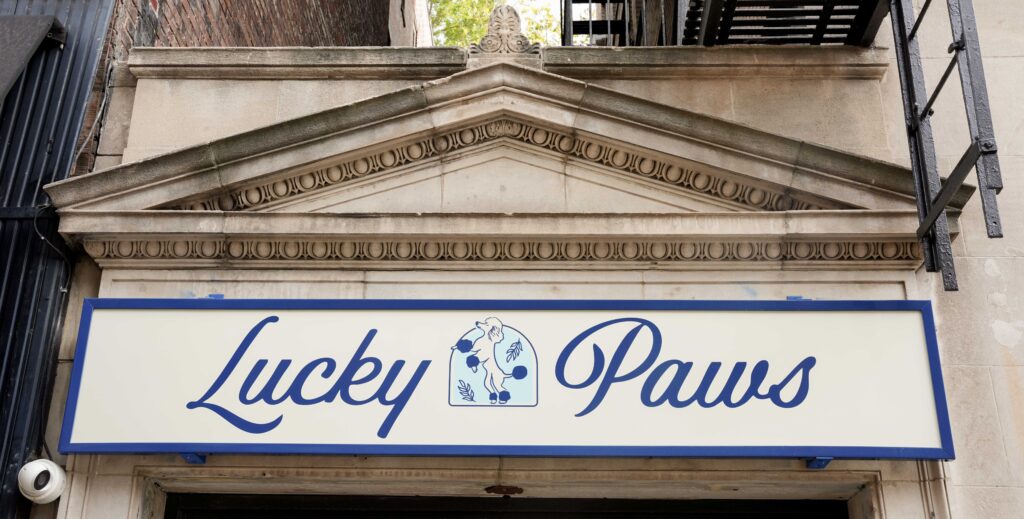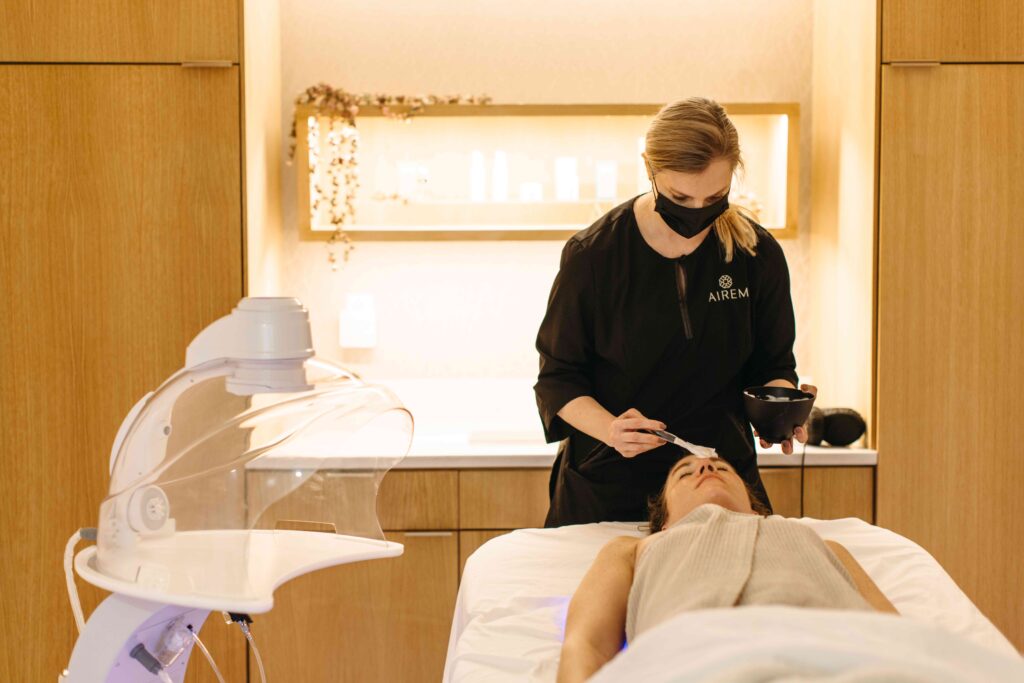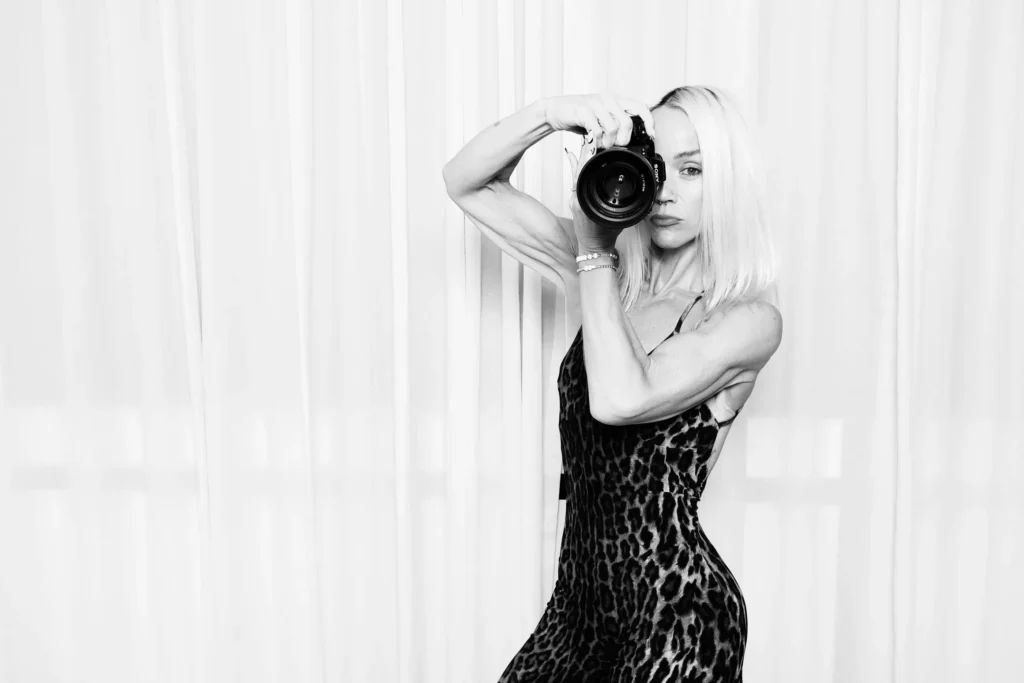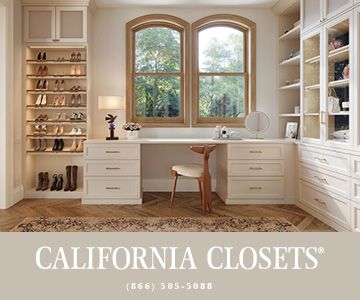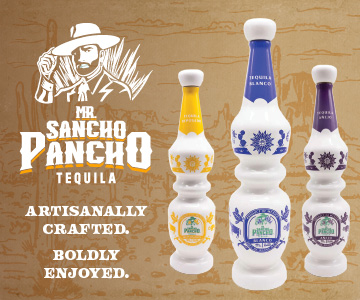Ever wondered what makes a piece of jewelry vintage? Ever wonder how its’ true value is determined? VUE Magazine spoke with Gretchen Braunschweiger and Robin Braunschweiger Silva of Braunschweiger Jewelers about the uniqueness of Vintage jewelry and what you should know when considering purchasing a piece.
1. What should you look for when buying vintage jewelry?
Gretchen: Most of the styles revolve around a distinctive look from a specific era. So many customers love to look at Vintage pieces, but each views them with their own individual taste and sense of style. Some may be looking for something that is still relatively contemporary while others might gravitate to a real antique piece, or others may just be looking for a bargain. What is most important is that the pieces should be in reasonably good condition. The older the piece, the more fragile it can be. Yet, there are 100-year-old rings that have a lot of life left in them and there are others that may not last very long if someone is planning on wearing it every day.
Robin: When you buy vintage at its’ true value, you must trust the jeweler you are buying from. Jewelers will be able to recommend the best pieces for you based on getting to know more about you— how you wear your jewelry and when you wear it. That will help them figure out if something is too fragile for your lifestyle or intended use. The more input you get from your jeweler is very helpful to you as they can explain exactly how to wear the piece, what type of care it would need, and how it should be cleaned and stored. All of this is important if you truly treasure your vintage finds. Have an open conversation with your jeweler so they assure you that the piece you have chosen is the right piece for you.
2. How do you find pieces to retail in your stores?
Gretchen: The vast majority of the vintage pieces we offer were actually purchased from individual people who bring their pieces to us to review at our stores. We also buy some pieces from companies focused on searching for unique Vintage pieces, the very same way we search for new pieces for our stores. They curate their own collection of vintage jewelry and sell it to jewelry retailers like us. Most of the pieces we buy directly from consumers are not put in our cases because many are broken and/or not repairable. If pieces are in reasonably good enough condition and we can repair it and clean it, we would make them available for purchase in our store. We often do a lot of repair work and alterations and of course cleaning before they go in our display cases. We also reconfigure pieces to make them more desirable or more on-trend. For example, we turn pins into necklaces because people are not wearing pins as much anymore. We update older pieces, maintaining the essence of the piece but in a fresh style that consumers would be more likely to wear and enjoy.
 3. At what point can you call something vintage?
3. At what point can you call something vintage?
Gretchen: That is a very fluid discussion. If you go online, you are going to find 20 different versions of the answer. The legal definition is the word “antique,” which does have very different meanings in different countries. However, in the United States, it must be at least 100 years old or more to be called antique. Some people will interpret vintage jewelry or estate jewelry as anything that is pre-owned. When we can, especially if it is something older, we try to associate a general decade to each piece, ie,—1940s, 1920s, etc. A lot of the jewelry that is more contemporary could be anywhere from 10 to 30 years old.
4. How do you determine the pricing of vintage jewelry?
Gretchen: We use a formula based on the weight, the stones, the style/design of the piece, and the condition. We also consult other experts and retailer’s pricing. For example, we may look at comparable retail sites that sell pre-owned, antique, or vintage pieces. Particularly, if it is something with a name brand on it, we try to stick within those established pricing parameters and generally price under what other retailers are selling that type of piece for. If there is something similar on eBay for $250, we would either match the price or sell it for less. They have it at $250, we will establish our price at $200.
5. Why is vintage so valuable?
Gretchen: I am not sure if vintage jewelry is any more valuable than all other jewelry unless it is something that is unusually rare. For example, the piece might contain a very rare gemstone or was produced during a specific era, noted for its contribution to a unique design. The older the piece, the more difficult it is to find it. This makes the piece more valuable. It also has to do with the nature of the design. For instance, jewelry from the Art Nouveau period was mostly made in yellow-gold with enameling and little pearls—things that if worn a lot, won’t last very long. As a result, you don’t find a lot of art nouveau jewelry, whereas pieces such as Edwardian jewelry which contains a lot of filigree work and platinum, we see quite a lot. Platinum is a more durable metal that holds up better, so there will be more pieces of Edwardian jewelry around.
Robin: I agree that there is some Vintage jewelry that’s intrinsically valuable, but I also believe that Vintage is more desirable now because it is on-trend. There is a movement today of making things that are old, new again. You see them on Instagram, Pinterest, and other social media platforms. There is a vintage vibe evolving now that everyone likes. They are getting great deals on the jewelry, at great prices, too.
6. Is the style of vintage always changing?
Gretchen: Yes. 20 years ago, nobody really cared about having a lot of platinum jewelry or white gold jewelry. The minute yellow-gold fell out of fashion, that is when everyone wanted platinum or white-gold jewelry and everything changed. It is no different from Vintage. People kind of follow the same trends. Either they want something for a better price or they like the idea of it being old because there’s a history behind it and it tells a special story.
7. Any tips for taking care of vintage jewelry?
Gretchen: In general, people have to be careful if they’re going to buy a piece of Vintage jewelry they plan to wear every single day. They have to assume that someone else has already worn that piece quite a bit. Everything has a lifespan. Just like a car does not last for 75 years. If someone has already driven a car for 20 years then you drive it 40 miles a day back and forth, it probably won’t last as long. Like anything, I think that it is a conversation you should have with whomever you buy the piece from. You should tell them that you’re looking for something you want to wear every day. Hopefully, they would steer you towards something that will perform best and last for you.
Robin: I am not sure if there is anything different you would do with it as opposed to any other type of jewelry. Every piece of jewelry is different and must be used and cared for differently. You really have to trust that your jeweler will help you know all you need to know about the piece that you’re buying—what it’s made out of, how to care for it, and how to clean that specific piece.
Braunschweiger Jewelers is an 80-year-old, fifth-generation, and family-owned jewelry store with a story going all the way back to the 1930s. Now, with two locations in New Providence and Morristown, presenting a wide selection of Vintage jewelry that is continuously refreshed with new and unusual one-of-a-kind pieces. From necklaces to earrings, rings, and watches–to pins, brooches, and pendants, and much more. Braunschweiger is known for their appraisals, gold buying, great repair services, and custom jewelry design, where Vintage jewelry can be updated and become that unique piece that reflects your personal style.

